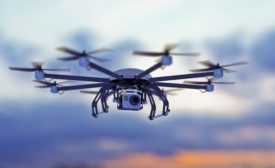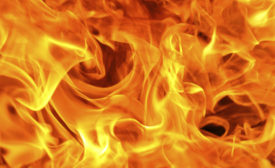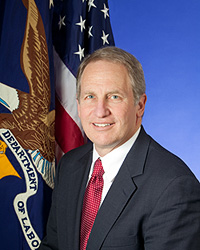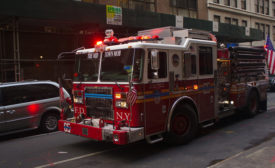News
The high cost of large-loss fires
Workplaces among the facilities affected
December 15, 2017
Can restaurant managers ask sick employees about their symptoms?
Under Food Code, to prevent spread of foodborne illness, yes
December 14, 2017
A Confined Space blog post
Dispatches from the front lines of the battle for workplace safety and health: Short stuff
December 14, 2017
Your holiday laser light display may endanger aircraft
FAA: Make sure they're aimed at your house, not the sky
December 13, 2017
Never miss the latest news and trends driving the safety industry
eNewsletter | Website | eMagazine
JOIN TODAYCopyright ©2024. All Rights Reserved BNP Media.
Design, CMS, Hosting & Web Development :: ePublishing









